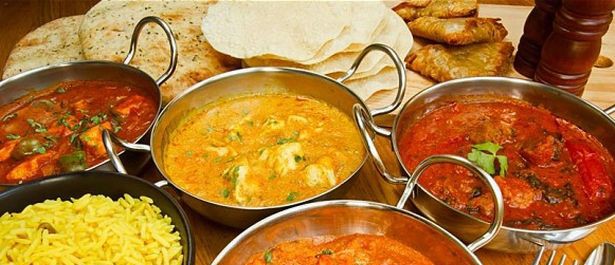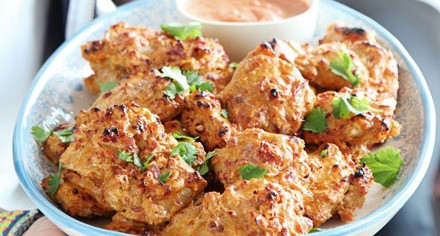 Every once in a while we all run across a small tidbit of information that takes us entirely by surprise, and there’s a full list of reasons why Indian Food is no different in that regard! Top 10 anyone?
Every once in a while we all run across a small tidbit of information that takes us entirely by surprise, and there’s a full list of reasons why Indian Food is no different in that regard! Top 10 anyone?
To open, “curry” isn’t actually a word India uses often. I reality, there is a massive diversity of curry dishes out there that all have their own regional characteristics.
Further more, Indian food is diverse to the point that each of the 28 regions have their own particular ingredients, spices and ways to cook. The North for example, often has cuisine that is less spicy and commonly uses red and green chillies, saffron, ghee and yogurt.
In the south however, black pepper, tamarind and coconut are all widely used in the hotter dishes. Mustard is a common ingredient in eastern cooking, as are fish dishes. Western Indian on the other hand has a bit of everything.
Indian food spans across six different tastes, these being sweet, sour, salty, spicy, bitter and sharp. The dishes created attempt to balance these.
Going back to curry, a lot of people don’t actually know what it is. It’s a blend of spices called garam masala, which most commonly features tamarind, cinnamon, black pepper, cloves, cardamom and cumin, however amounts have a tendency from dish to dish. These blends are a cook’s claim to fame and their reputations depend on it, so they always strive to have the perfect proportions so none of the flavors dominate the others.
Rice is actually the country’s staple ingredient, which is eaten on a daily basis. The most popular types of it include basmati, ponni and patna.
As one of those people who love their bread, this one takes me by surprise! The first Naan bread was actually made in Persia in the 12th century.
Chilli, the most popular spice in the world, has a number of health benefits such as combating heart attacks and strokes.
India is currently the biggest manufacturer of chili peppers in the world, but chillies didn’t start out there. They were actually introduced by the Portuguese in the 15th Century!
Has anyone heard of the horrifying blazing inferno of tongue singeing pain and agony that is the ghost pepper? Well as it turns out, India is home to one of the hottest chillies in the world, the bhut jolokia, also known as the “ghost chili”! It’s about 400 times hotter than Tabasco sauce.
You just know I have to end with ghosts on Halloween week!
To read the Wales Online article in its entirety, click here.
